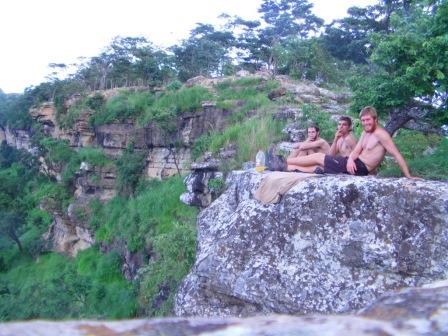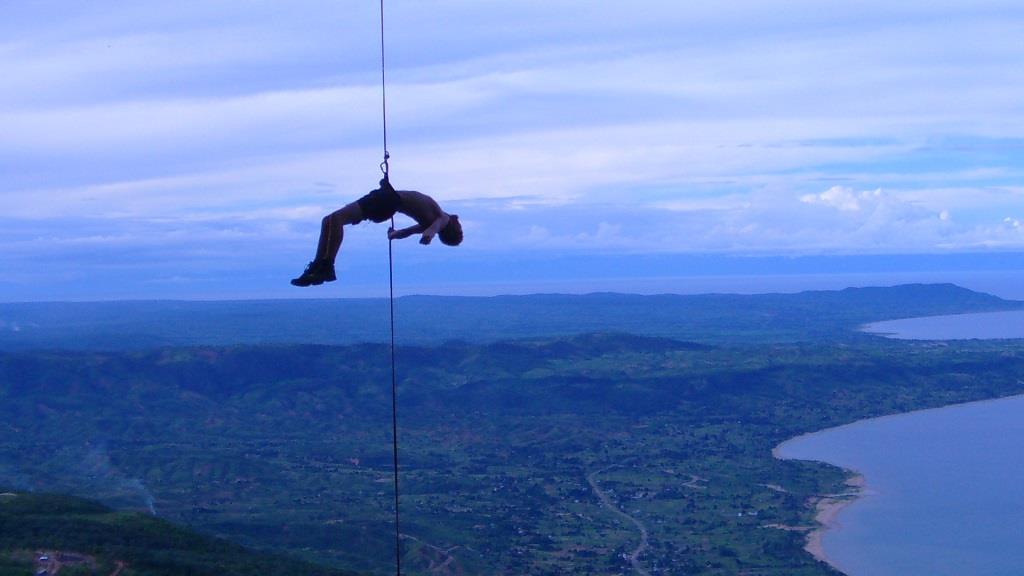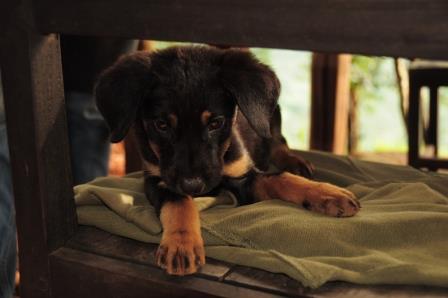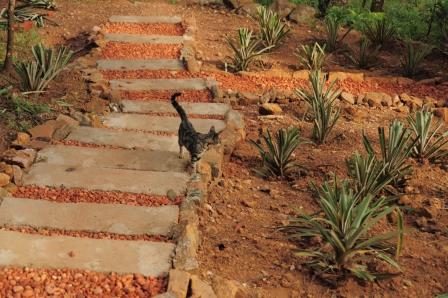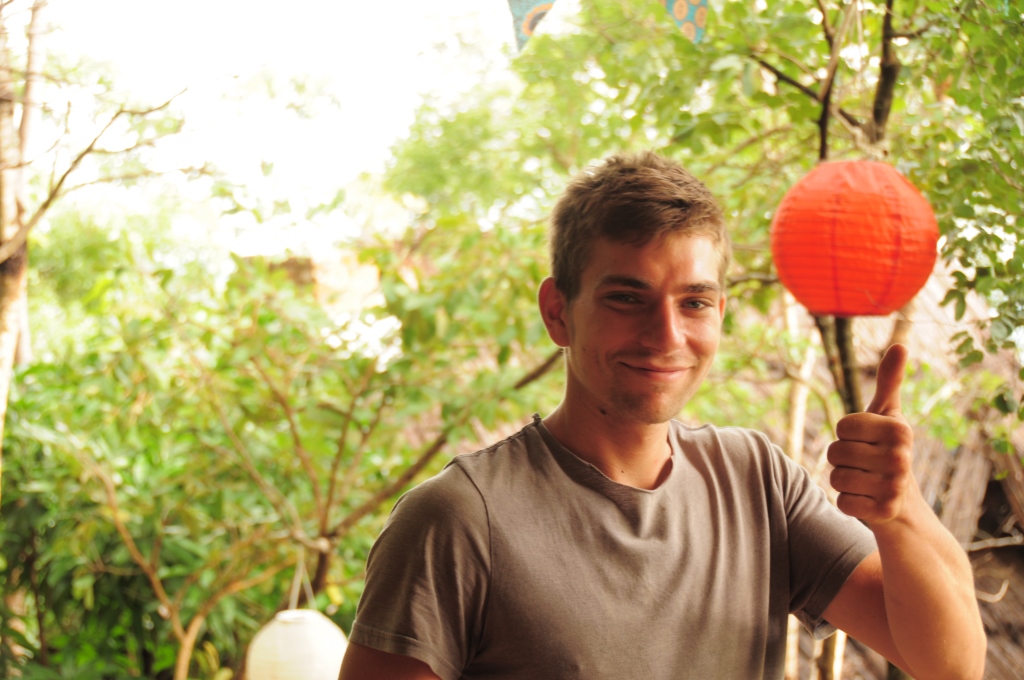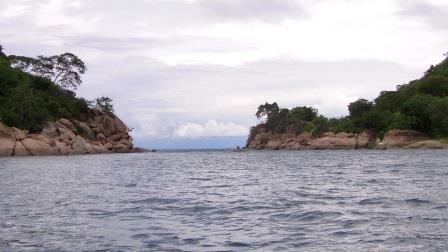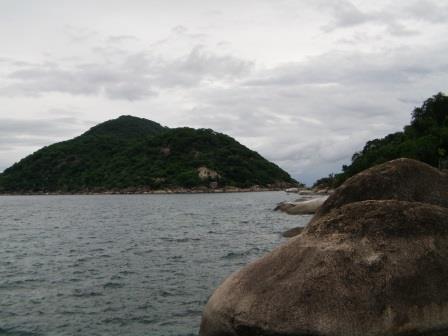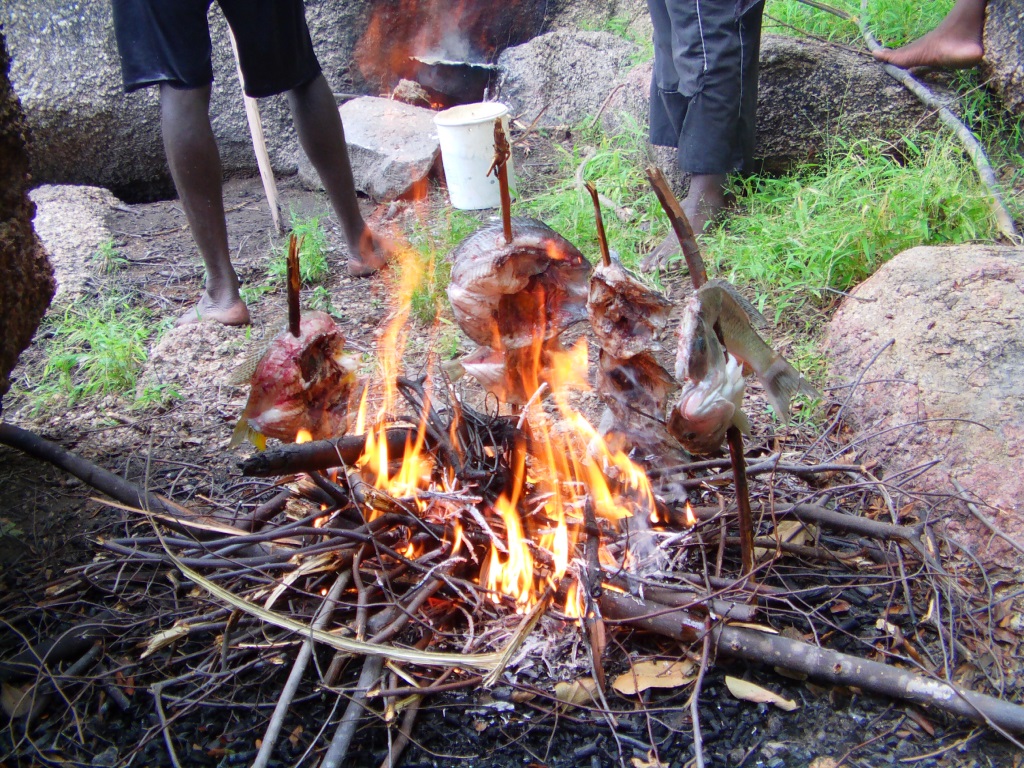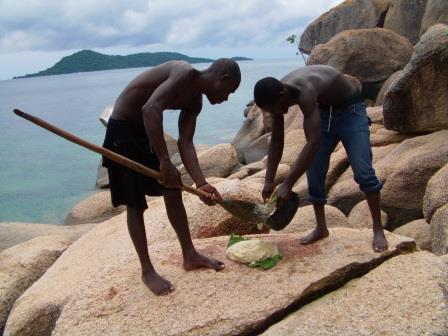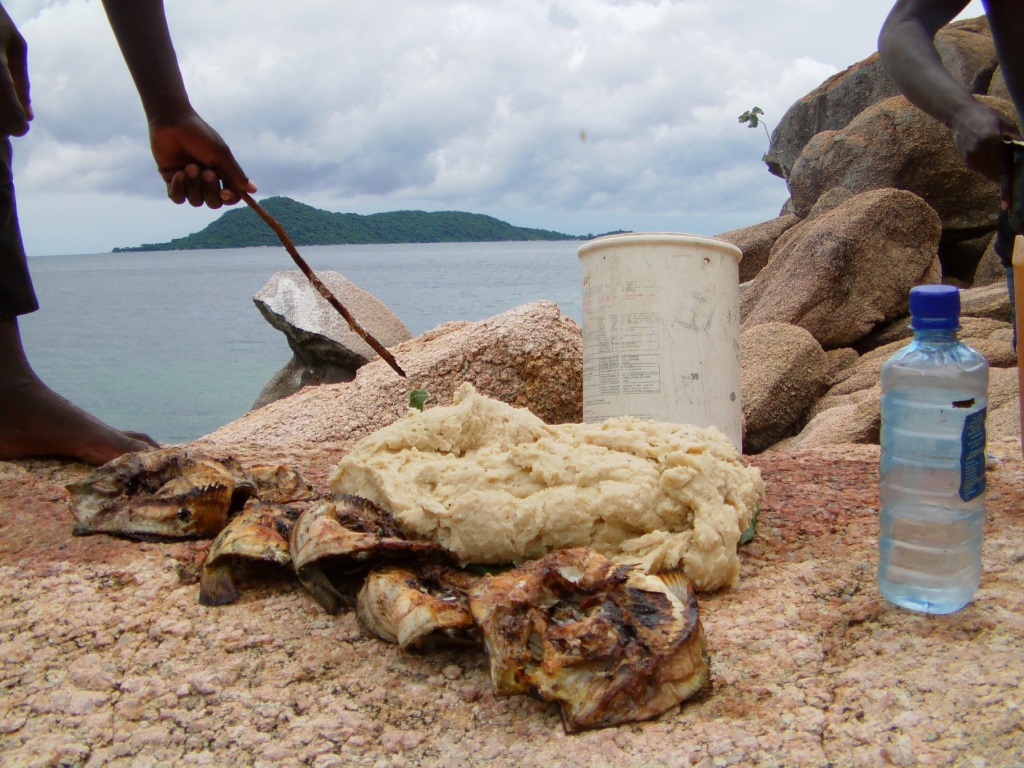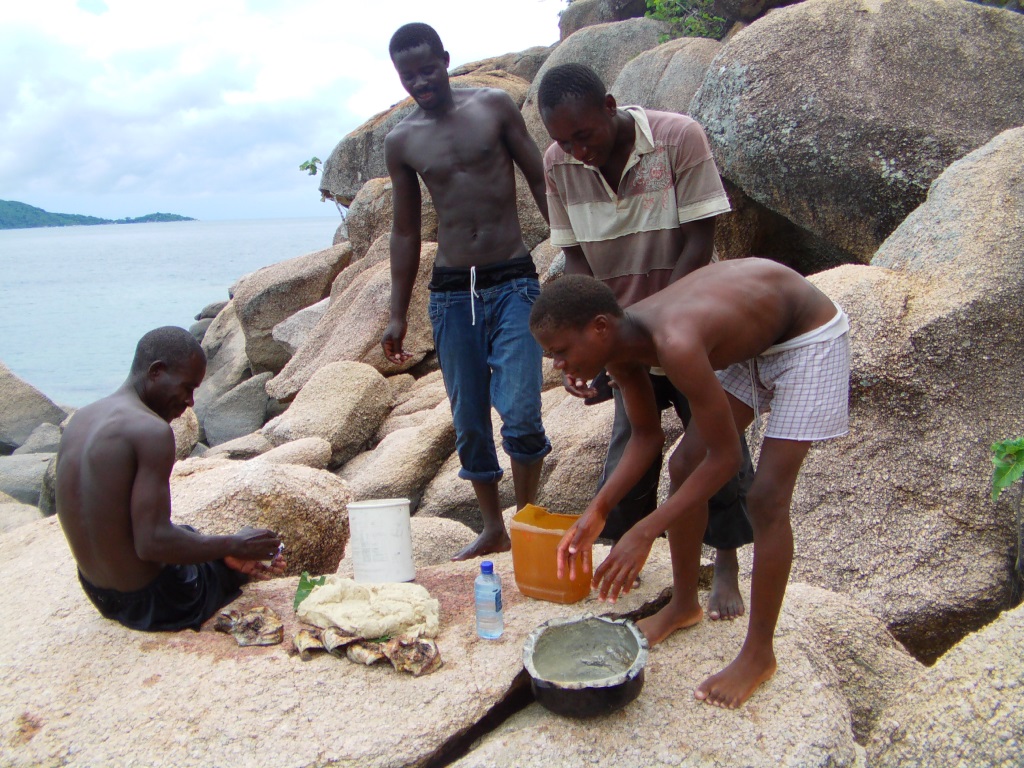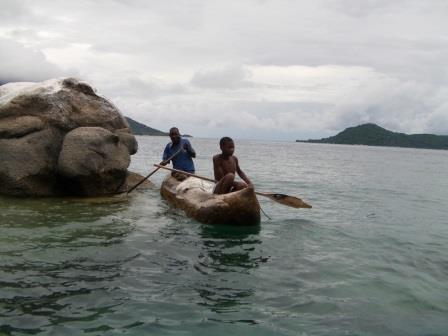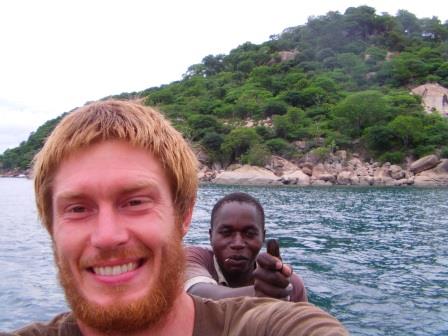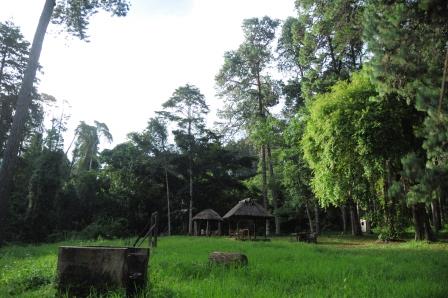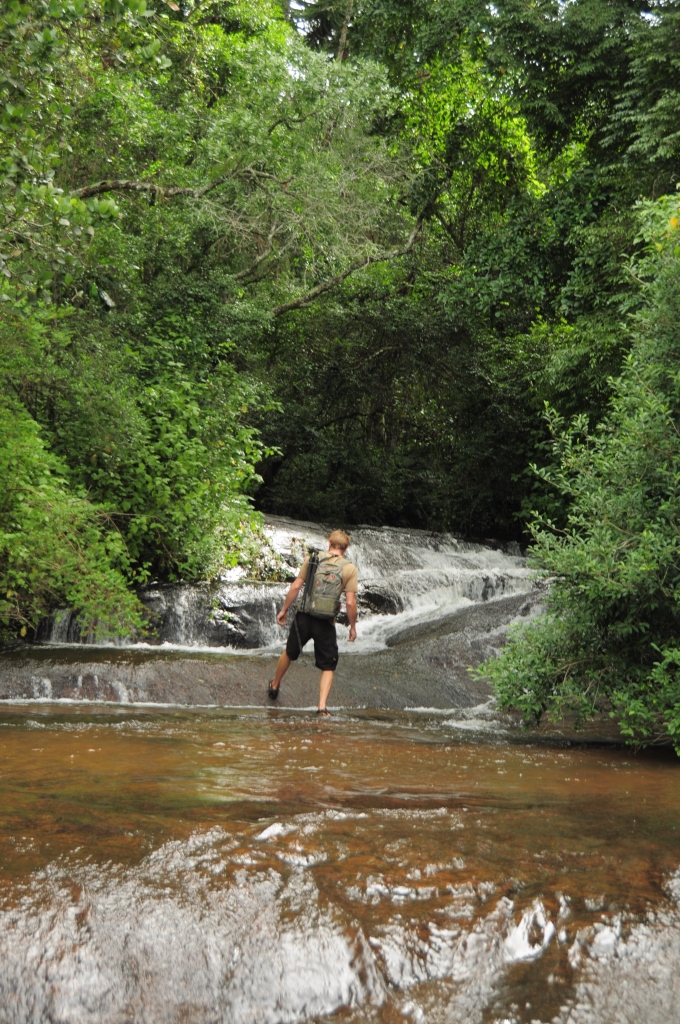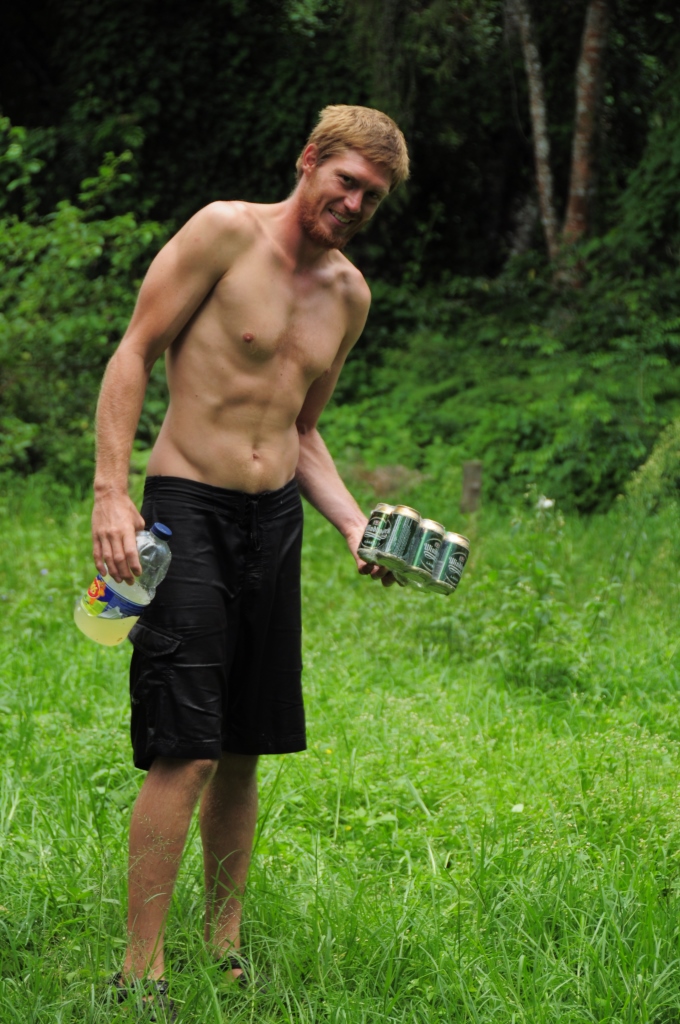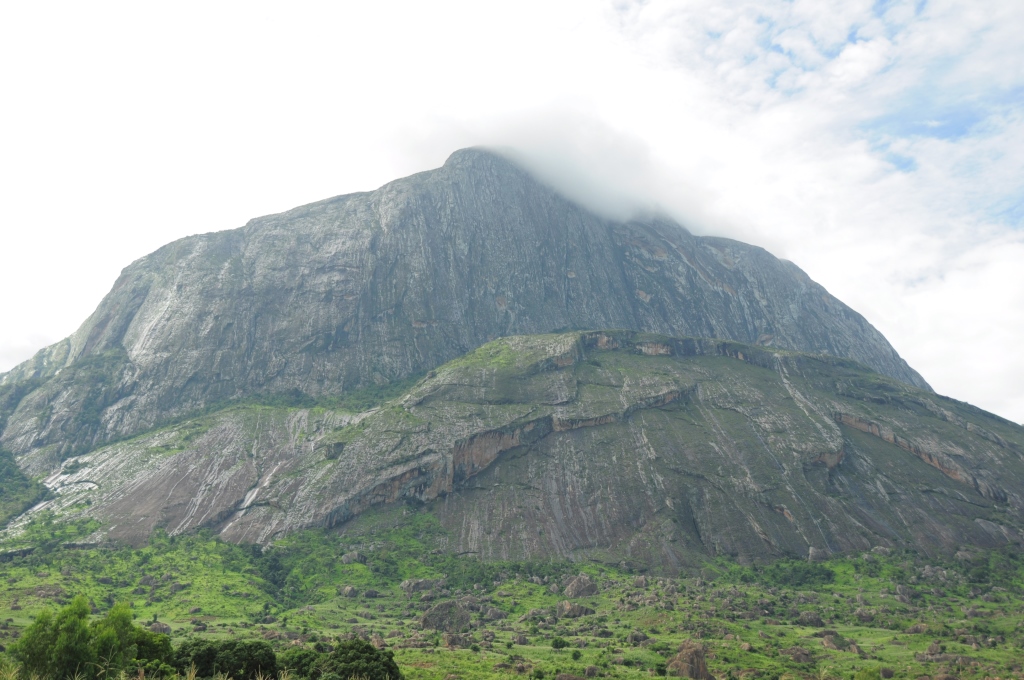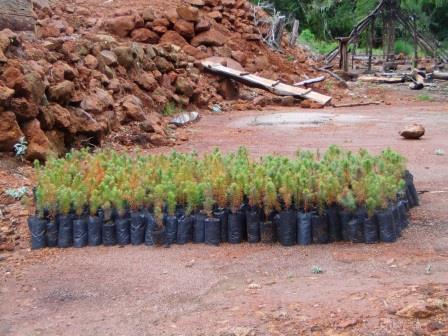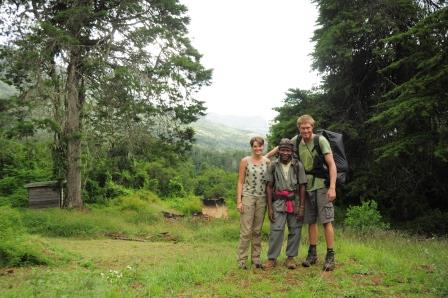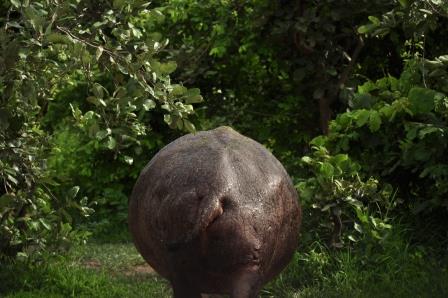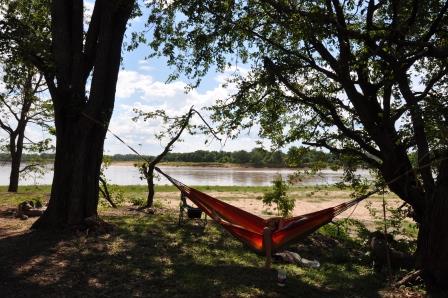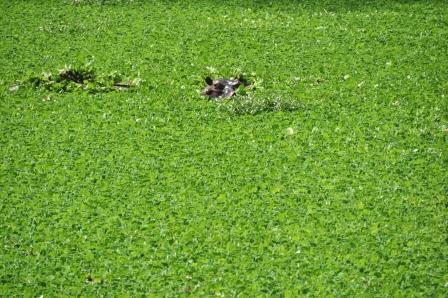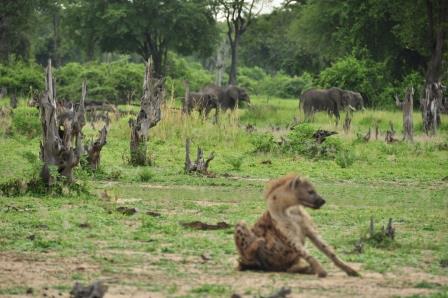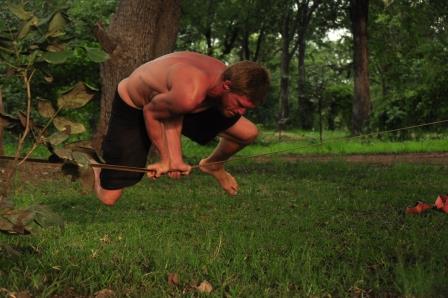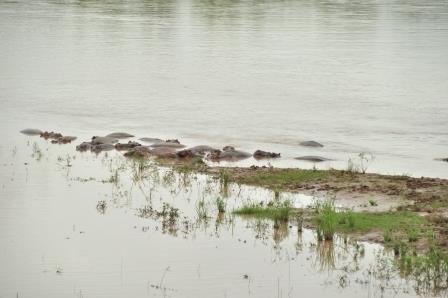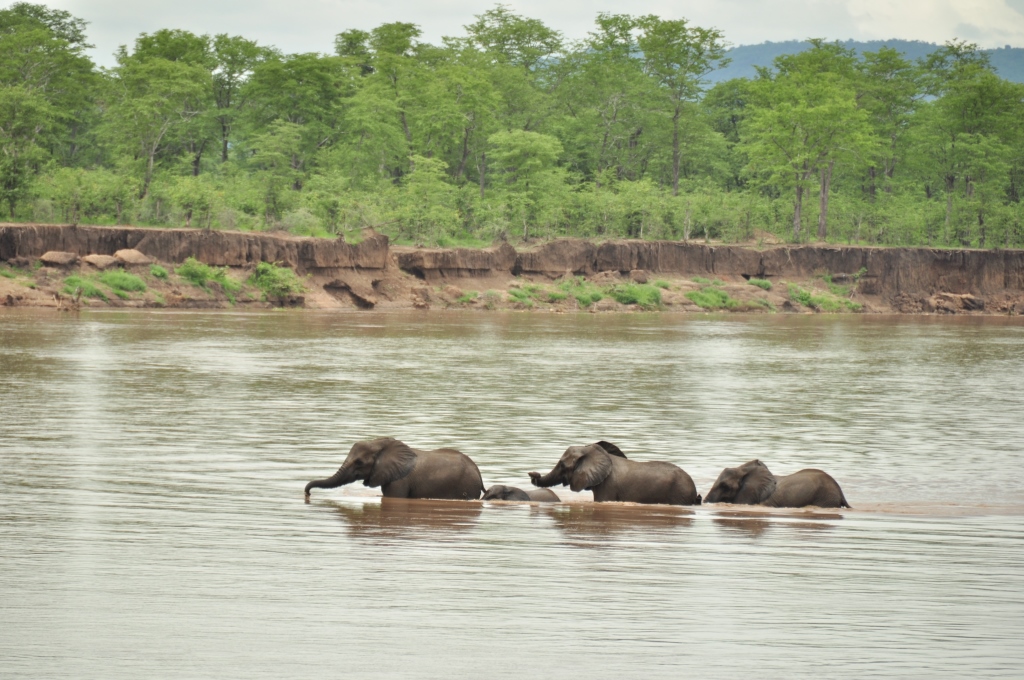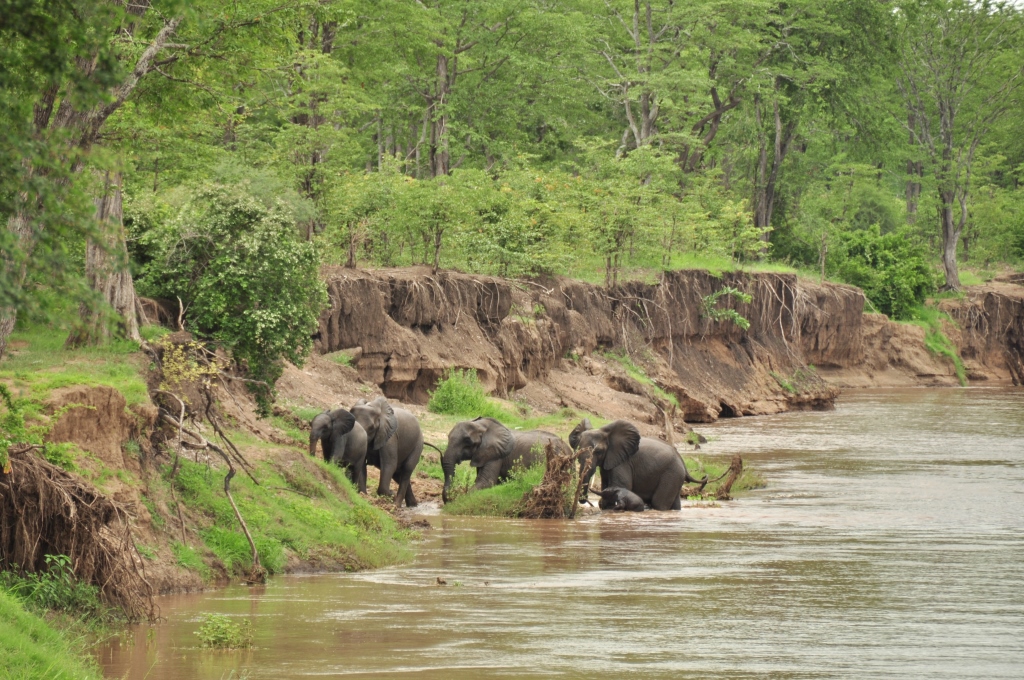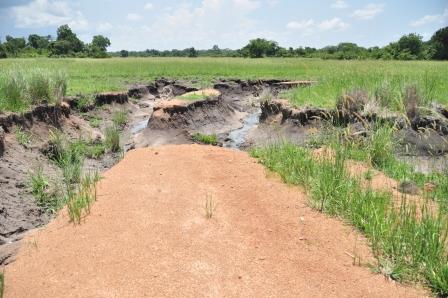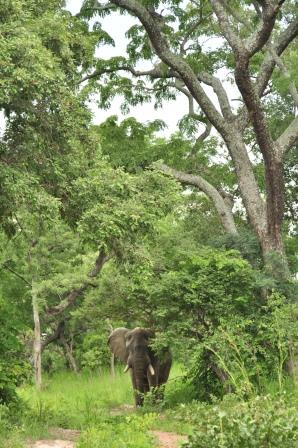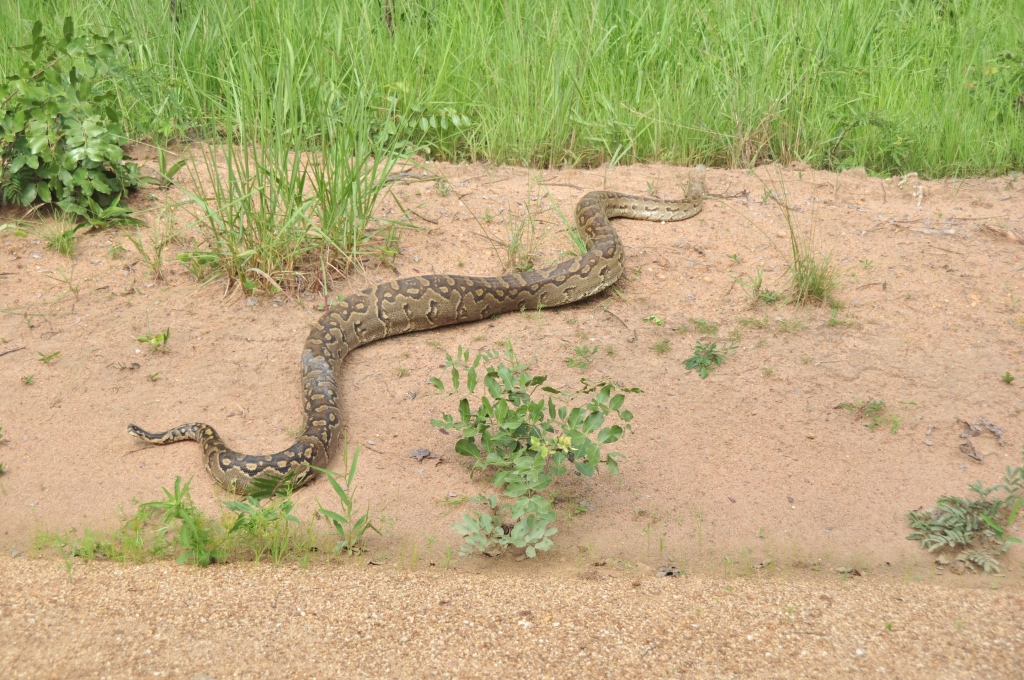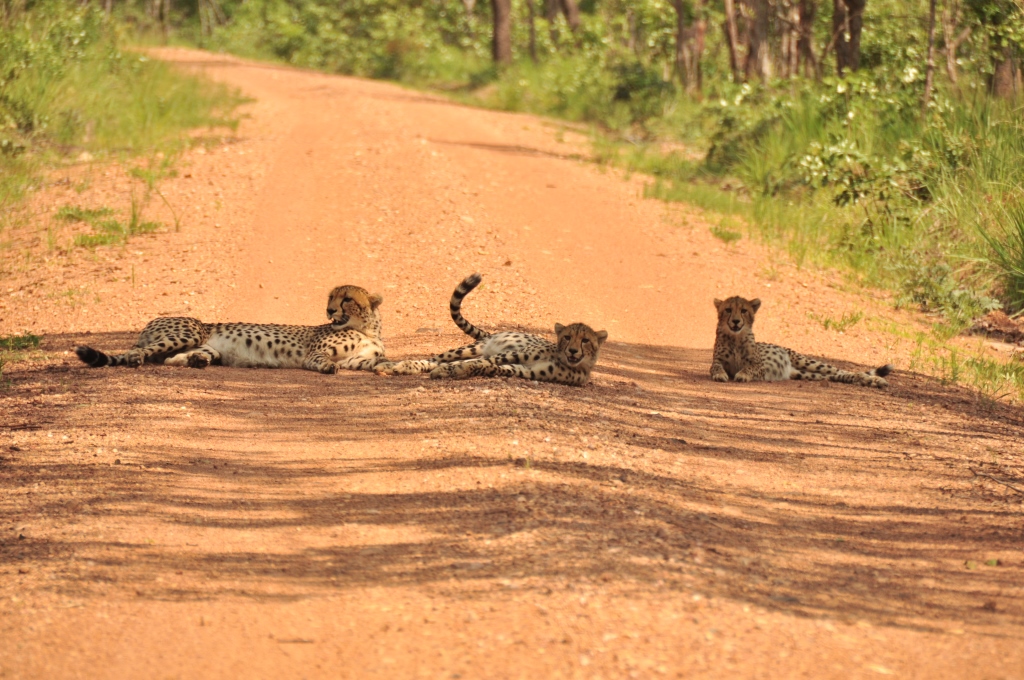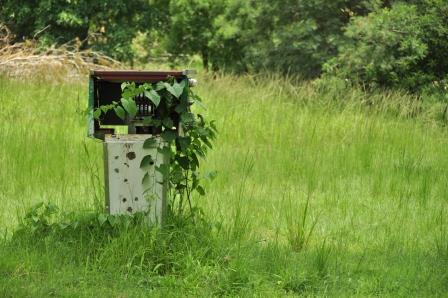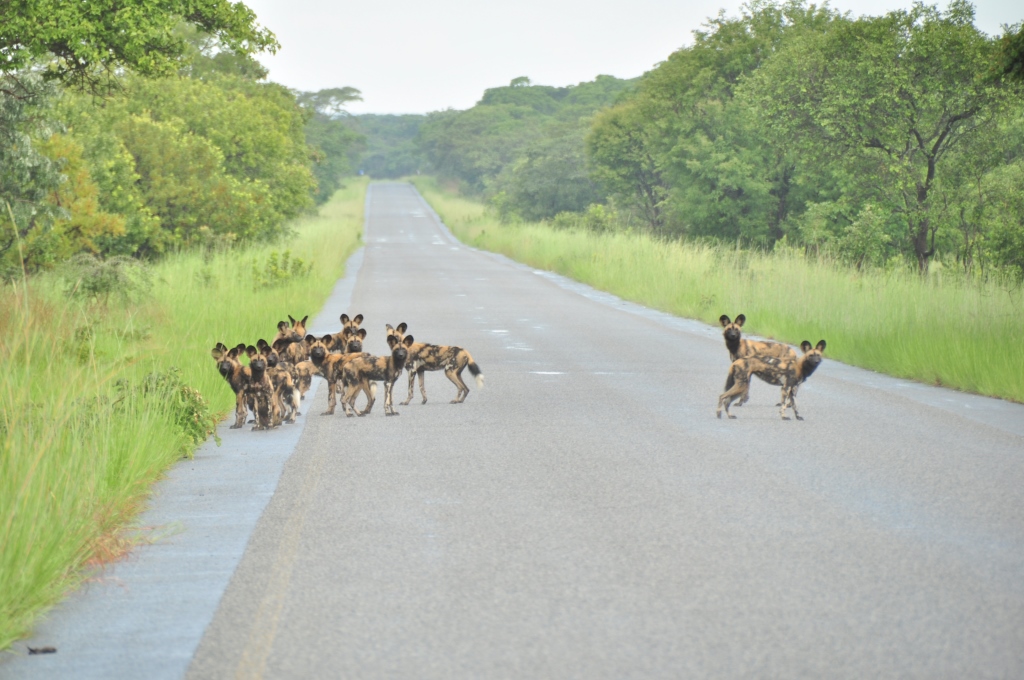Remote and isolated. Ruggedly beautiful. Peace and tranquillity. Busy market towns. Scary busses. Terrible roads.
Peace and tranquillity. Busy market towns. Scary busses. Terrible roads.
All of this is true for western Tanzania and Lake Tanganyika.
For the past two weeks this is what Chris and I have seen and experienced. It is a truly beautiful area, nowhere else have we felt like we are driving through the scenery of a David Attenborough documentary. 🙂
Along our route, we stopped off at Kasanga and the Liega Beach Lodge, where we spent our time camping on the beach, snorkelling and living the usual carefree beach existence. From our camp we could see straight across the crystal clear waters to the highlands of the DRC with vast cloud banks piled on top of them and we knew that the next storm was going to come through sooner rather than later…
 We also visited the second highest
We also visited the second highest 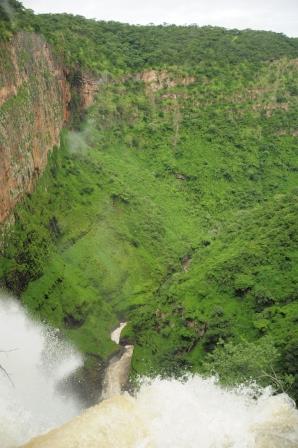 waterfall in Africa. The Kalambo Falls are situated on the border between Zambia and Tanzania and are almost unknown. To see them, you have to get permission from the local headman to enter his lands, you sign the entry book, get a receipt for your entrance fee and then make your way along overgrown paths to the falls.
waterfall in Africa. The Kalambo Falls are situated on the border between Zambia and Tanzania and are almost unknown. To see them, you have to get permission from the local headman to enter his lands, you sign the entry book, get a receipt for your entrance fee and then make your way along overgrown paths to the falls.
 They are spectacular. The Kalambo River drops down 235m into a lush green gorge. Walking right up to the edge, you have to hold on to the surrounding trees if you want to see the bottom of the falls and into the gorge. There are no fences, no booms, no signs warning you that if you are stupid and fall, that the only thing that will stop you is the ground 235m below you. It was a great experience, appreciated all the more after being shepherded at Victoria Falls and its likes.
They are spectacular. The Kalambo River drops down 235m into a lush green gorge. Walking right up to the edge, you have to hold on to the surrounding trees if you want to see the bottom of the falls and into the gorge. There are no fences, no booms, no signs warning you that if you are stupid and fall, that the only thing that will stop you is the ground 235m below you. It was a great experience, appreciated all the more after being shepherded at Victoria Falls and its likes.
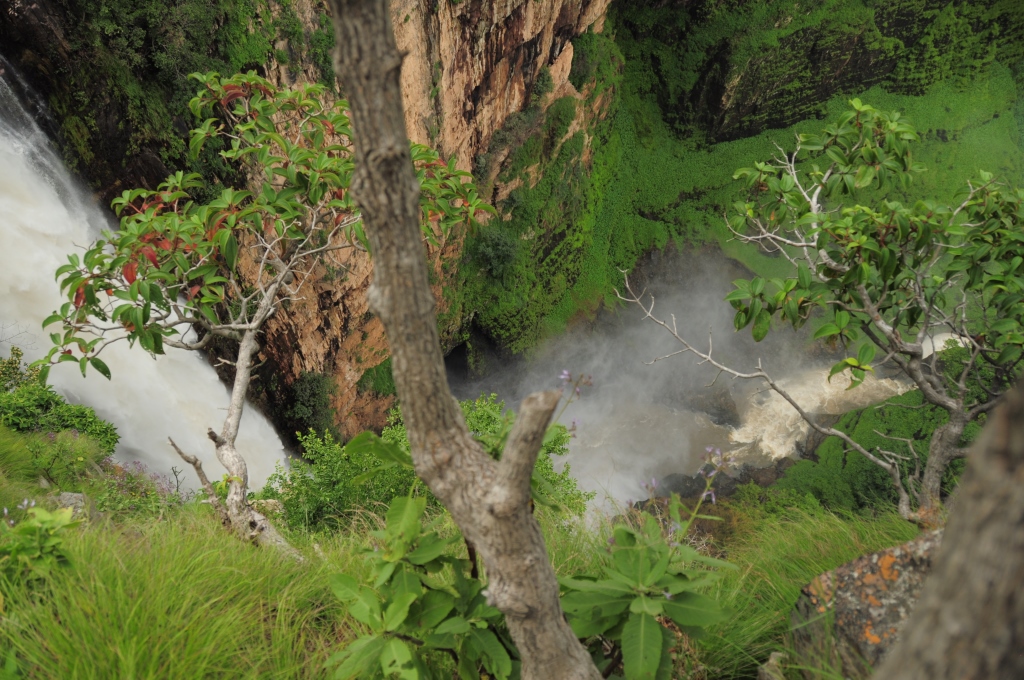 From here we once again headed north along an extremely bad road. On all of our five
From here we once again headed north along an extremely bad road. On all of our five  maps, the road from Sumbawanga to Uvinza is a main road and tarred. Not so. Although the Chinese are starting to build what will one day be a great road, at the moment it is a small, rutted, muddy, sticky, slippery road used by all vehicles traveling north or south. The amount of accidents involving large buses or trucks was really scary and considering the way they barrel down this road at full speed, it doesn’t surprise either. Chris and I made it through though, with nothing to show except our tired and stressed selves.
maps, the road from Sumbawanga to Uvinza is a main road and tarred. Not so. Although the Chinese are starting to build what will one day be a great road, at the moment it is a small, rutted, muddy, sticky, slippery road used by all vehicles traveling north or south. The amount of accidents involving large buses or trucks was really scary and considering the way they barrel down this road at full speed, it doesn’t surprise either. Chris and I made it through though, with nothing to show except our tired and stressed selves.
The bad roads did  throw up one minor inconvenience though. On the rough roads two of our eight roof rack brackets snapped. We fixed the first in Kasanga, but the second time it happened, we were halfway through Katavi National Park and decided to fix it before we carried on.
throw up one minor inconvenience though. On the rough roads two of our eight roof rack brackets snapped. We fixed the first in Kasanga, but the second time it happened, we were halfway through Katavi National Park and decided to fix it before we carried on.
We pulled over on to a  wider section of dry road, got out the good old Pratley Steel Putty and fixed the bracket. Not trusting it to hold, we decided to wait for it to dry and thus enjoyed a very relaxed day on the main road of the National Park. Needless to say we must have been quite a sight. Two mzungus (white men) sitting in the shade of an awning, eating lunch with the safety triangles out in the middle of a game reserve. We had a great time waving at all the trucks and buses hooting their way past us. 🙂
wider section of dry road, got out the good old Pratley Steel Putty and fixed the bracket. Not trusting it to hold, we decided to wait for it to dry and thus enjoyed a very relaxed day on the main road of the National Park. Needless to say we must have been quite a sight. Two mzungus (white men) sitting in the shade of an awning, eating lunch with the safety triangles out in the middle of a game reserve. We had a great time waving at all the trucks and buses hooting their way past us. 🙂
A few hours later we were on our way again. Not 2 km down the road we spotted a huge  male lion, comfortably resting in the shade of the road… Not what we wanted to see so close to where we had been sitting! However it turned out that our delay proved to be a waste of time, as another kilometer down the road, the same bracket we had just repaired broke apart again. Oh well…
male lion, comfortably resting in the shade of the road… Not what we wanted to see so close to where we had been sitting! However it turned out that our delay proved to be a waste of time, as another kilometer down the road, the same bracket we had just repaired broke apart again. Oh well…
During our long and slow process on this road north, we had been listening to the epic adventures of Dr. Livingstone and Stanley in the audio book version of “Into Africa”. Enchanted by this fascinating tale, we were happy that Ujiji was on our route and that we would see the famous spot where Stanley found Dr. Livingstone and uttered: “Dr. Livingstone, I presume” in 1871.
Having spent a few days recuperating on our private beach (yes really J) at Jackobsen Beach, we picked a rainy morning and headed to Ujiji. Considering how famous both Dr. Livingstone and Stanley are and the importance of what they achieved, it was surprising that it is almost impossible to find any reference of them in Tanzania. Even in Ujiji it was extremely difficult to find the museum erected in their memory. After much asking we did find it. A small fenced in building under a large mango tree. The entrance fee was extortionate at TZSH 20,000.00, about US$ 13.00, for a building that you can walk through in five minutes and a mango tree which you can see from the road!
 Needless to say we did not go in. Even though this might sound drastic, we did not see why we should pay that amount of money to enter a derelict building, which shows a few artists’ impressions of the famous scene and a few plaques with facts and figures. It was a real shame.
Needless to say we did not go in. Even though this might sound drastic, we did not see why we should pay that amount of money to enter a derelict building, which shows a few artists’ impressions of the famous scene and a few plaques with facts and figures. It was a real shame.
Considering the 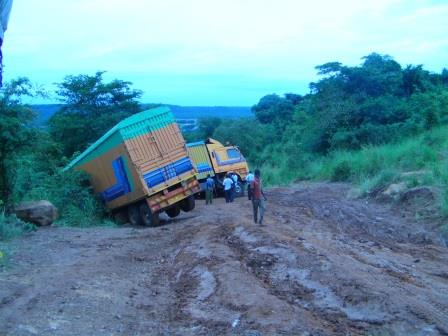 time that we have spent in Tanzania so far, it is quite surprising that neither Chris nor I can seem to make our mind up whether we like Tanzania or not. The people can be friendly and helpful, but they aren’t always thus. The scenery is spectacular, but the roads that lead you through it are so bad, that you cannot afford to lose your concentration to look at it. It has some of the best and most famous national parks / game reserves in the world, but they expect you to pay well over US$ 100.00 a day for the privilege of driving through them. Never mind actually wanting to spend a night camping in one!
time that we have spent in Tanzania so far, it is quite surprising that neither Chris nor I can seem to make our mind up whether we like Tanzania or not. The people can be friendly and helpful, but they aren’t always thus. The scenery is spectacular, but the roads that lead you through it are so bad, that you cannot afford to lose your concentration to look at it. It has some of the best and most famous national parks / game reserves in the world, but they expect you to pay well over US$ 100.00 a day for the privilege of driving through them. Never mind actually wanting to spend a night camping in one!
All in all it is a pity. We so much wanted to love Tanzania, but it’s very difficult to do so.



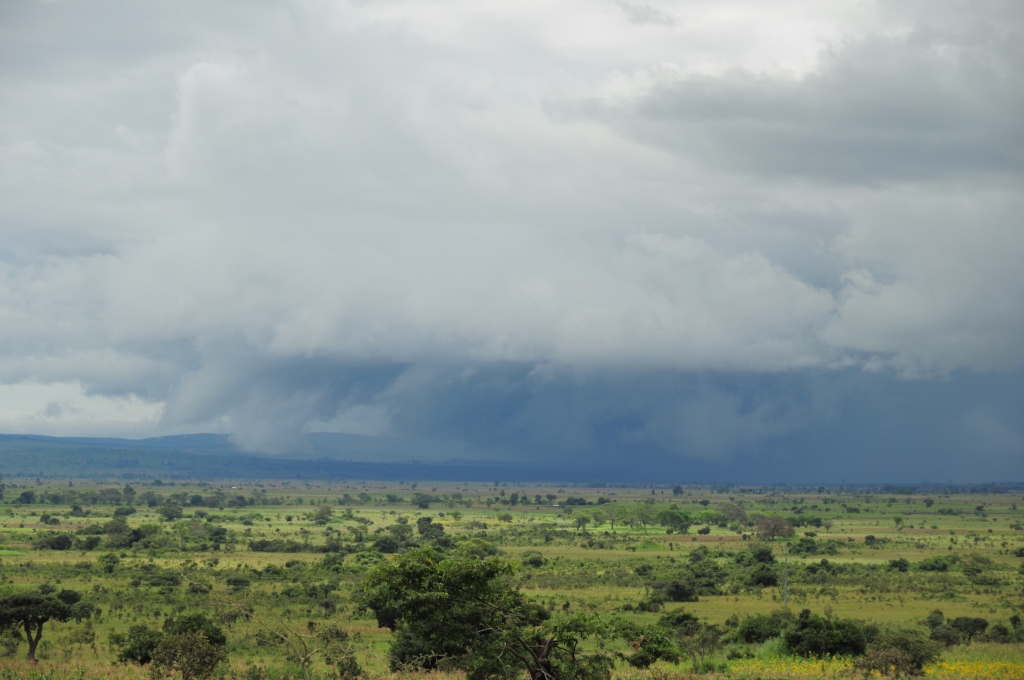

 Lodge
Lodge



